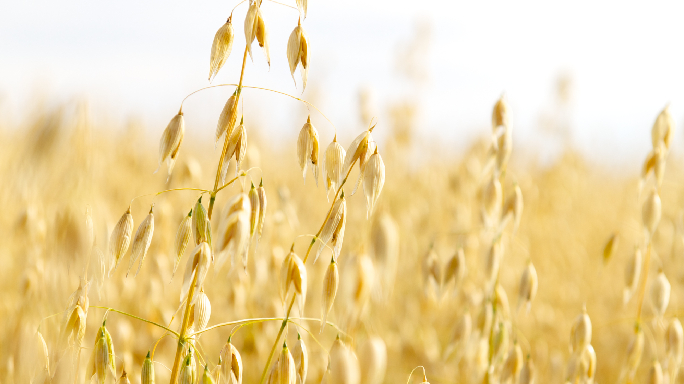Grain Markets 2021 – Looking Ahead

2021 has begun on a positive note for grain growers, with winter crops appearing to have good yield potential and grain futures markets showing their highest values for several years. The big question of course is will prices hold at current levels all the way to harvest or possibly even go higher?
Last harvest, few people would have predicted that grain prices would reach current levels. Global stocks were high, a near-record global maize crop was predicted and the Covid-19 pandemic was expected to restrict demand. However, a combination of flower than expected maize yields along with massive purchases of soya beans and maize by China has taken grain prices on an almost-continuous upward path since last September. While the main beneficiaries of this very significant price rise are those who held onto some or all of their grain stocks until early 2021, there is an opportunity for all growers to benefit from the general price increase through the mechanism of forward selling.
While grain futures prices for the 2021 harvest have not risen by nearly as much as old crop (2020 harvest), there has still been a significant impact and forward prices for the 2021 harvest are at their highest level at this stage of the growing season, for several years. While prices may well rise further there are a number of factors to consider that will influence the direction of travel of prices from here including the following:
1. Size of the global grain crop in 2021 – the current high global grain prices will ensure that as many acres as possible get sown this spring. While this is of little relevance in Ireland and across Europe in general, in regions such as Ukraine, South America and the US where substantial areas can remain unplanted in certain years or be switched into grain production from other enterprises relatively quickly, high prices may see additional acres sown to crops such as maize in 2021. At present, market analysts are predicting that at least 2m additional acres will be sown to maize in the US in 2021.
2. What will demand look like – much of the recent rise in grain prices is attributable to the enormous demand for soya beans and maize generated by China’s recovering pig herd. While the market now expects China to remain as a huge importer of feed ingredients, it should be remembered that China’s activities in the market are notoriously hard to predict. The continuing Covid-19 pandemic also generates a lot of uncertainty around demand; for example, over 40% of US maize is consumed in the production of ethanol; while ethanol production slumped in 2020 in the wake of reduced travel, the worst effects of this were offset by increased feed demand and reduced production. However, if US production increases significantly and/or feed demand diminishes, then a continued reduction in the usage of maize by the ethanol industry could put significant additional quantities of maize on the market. While it is difficult to know where markets will go to from their current position, looking at trends from previous years doesn’t offer much comfort. While it is hard to see a definitive trend it is worth noting that in all of those years except 2012, grain price was lower at harvest than it had been early in the year. Most growers will remember 2012 as the year when the US experienced its worst drought in over 50 years which severely limited maize yields and led to a substantial rise in grain prices as harvest approached.
High Price Trends.
Forward selling offers growers an opportunity to mitigate the risk associated with the uncertainty of future price movements. Current green grain prices on offer will be viewed by most growers as “good” as they sit significantly above both the long-term average harvest price and the cost of production.
Selling a proportion of their crop at a price which locks in a margin represents sensible and pragmatic decision-making on the part of the grower. Growers should also adopt a cautious approach when deciding on what quantity to sell at any particular time; selling little and often is a far better practice than trying to guess when markets might be near their peak. Finally, once the decision to sell is made, a grower should look forward rather than back! If the decision to sell is the correct decision at the time, then it remains the correct decision regardless of what direction price moves in afterwards. Glanbia Ireland sends grain price texts, including a short grain markets update, to its grain growers on a weekly basis. If you are not currently availing of this service and would like to do so, please contact your local Glanbia Ireland representative.
Written by Donal Moloney - Glanbia Ireland Grain Development Manager
First Published: 6 April 2021
Tagged with: Tillage
